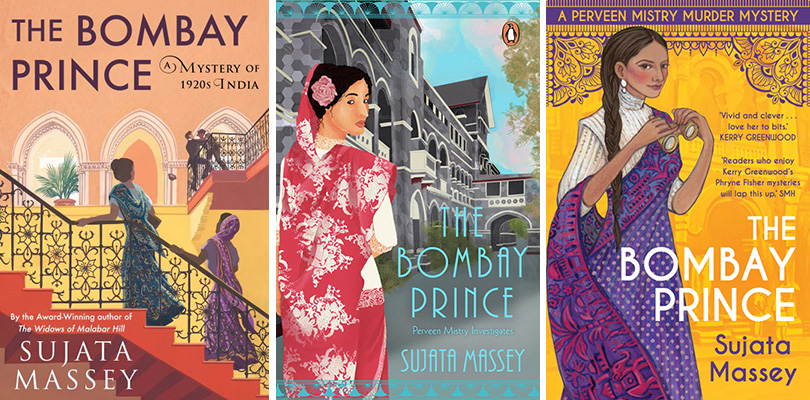This book is a beautiful amalgamation of two genres – historical fiction and crime/mystery.
The book takes the reader to the Bombay of 1920s – when Gandhiji is an emerging political force, and social distinctions are based on religion, trade, et al. At this time, Bombay was the hub of everything – law, trade, banking, education – everything.
Parsis are integral to Bombay. One cannot imagine a history of Bombay that does not include the Parsis.
The backdrop of the novel is the visit of Edward, Prince of Wales. The objective of the visit was to promote loyalty towards the Crown through interaction with influential Indians.
This was the precise moment chosen by Mr. Gandhi of the Congress Party to announce a hartal (strike) and a public bonfire of British clothes in the very city in which Prince Edward was landing – Bombay.
However, the central plot of the story is a death – of a young college student within her campus.
Perveen Mistry, the protagonist, plays both the historian and the sleuth with consummate ease as she takes us to the suburbs of Bombay, introduces us to the cultural milieu, and also uncovers facts about the death, which lead her to the truth.
What is great about the book
The precision of the historical research is just plain amazing.
The Parsi riots are based on actual 1921 riots in Bombay. The hartal, the communal sides are all factually correct. The social beliefs of the time are also accurately described. The college in the book is inspired by the Wilson College, Bombay.
The first female solicitor of India was indeed a Parsi graduate of the Bombay University, who studied at Oxford and cleared the Law exam but was not given her degree because Oxford and Cambridge did not give degrees to women at that time. It was awesome to find out about Cornelia Sorabjee, and we have this book to thank for that. However, she did not belong to a wealthy Bombay family or a family of barristers. Nor was the Gateway of India constructed by her family.
The Gateway of India was constructed by Gammon India, a British firm.
The next great thing about the book is the pace
It’s a novel and a mystery – so the pace is languorous and the author takes time to explain the context to many things that would be hard to understand today – the resistance to the freedom movement, the social and cultural practices of the Parsis, their religious beliefs, the overall social structure of Bombay, including segregated and inclusive Clubs for the elite. And the Taj Mahal Hotel finds its place of pride.
This makes for a nice read. Even though 340+ pages is more than what one usually reads, the reading was engaging and quick.
What doesn’t work so well
The characters needed to be developed better.
The aggression of Mr. Grady, the absence of Mr. Gupta, the entire character of the Principal – one does not quite understand them. Even Alice, who is supposedly the best friend of the protagonist, makes only rare and convenient-to-the-plot appearances.
Who is this book great for
This book will be an absolute delight if you are a budding author wanting to learn the fine art of imagery in writing.
Lovers of historical fiction will find this book an absolute delight – age no bar.
Mystery readers who are looking for a slick, fast-paced thriller will be disappointed, but readers who like Agatha Christie’s writing are very likely to love this story.
If you are looking for a warm, nice read to curl up with during the winter break, look no further.
Recommended for ages 14 and above.
More details about the book and some real places that feature in the book can be found here.
Feature Image Credit: https://sujatamassey.com/books/india/the-bombay-prince/
The book is also available as an audio book in some geographies.

